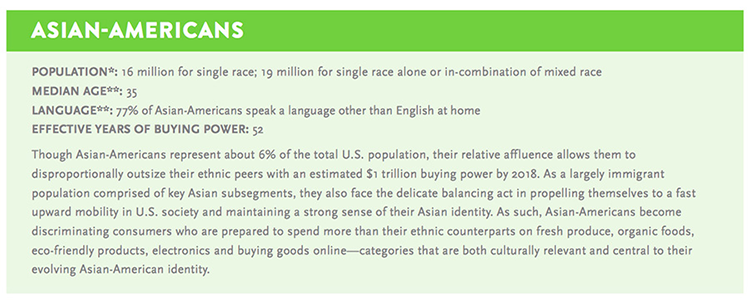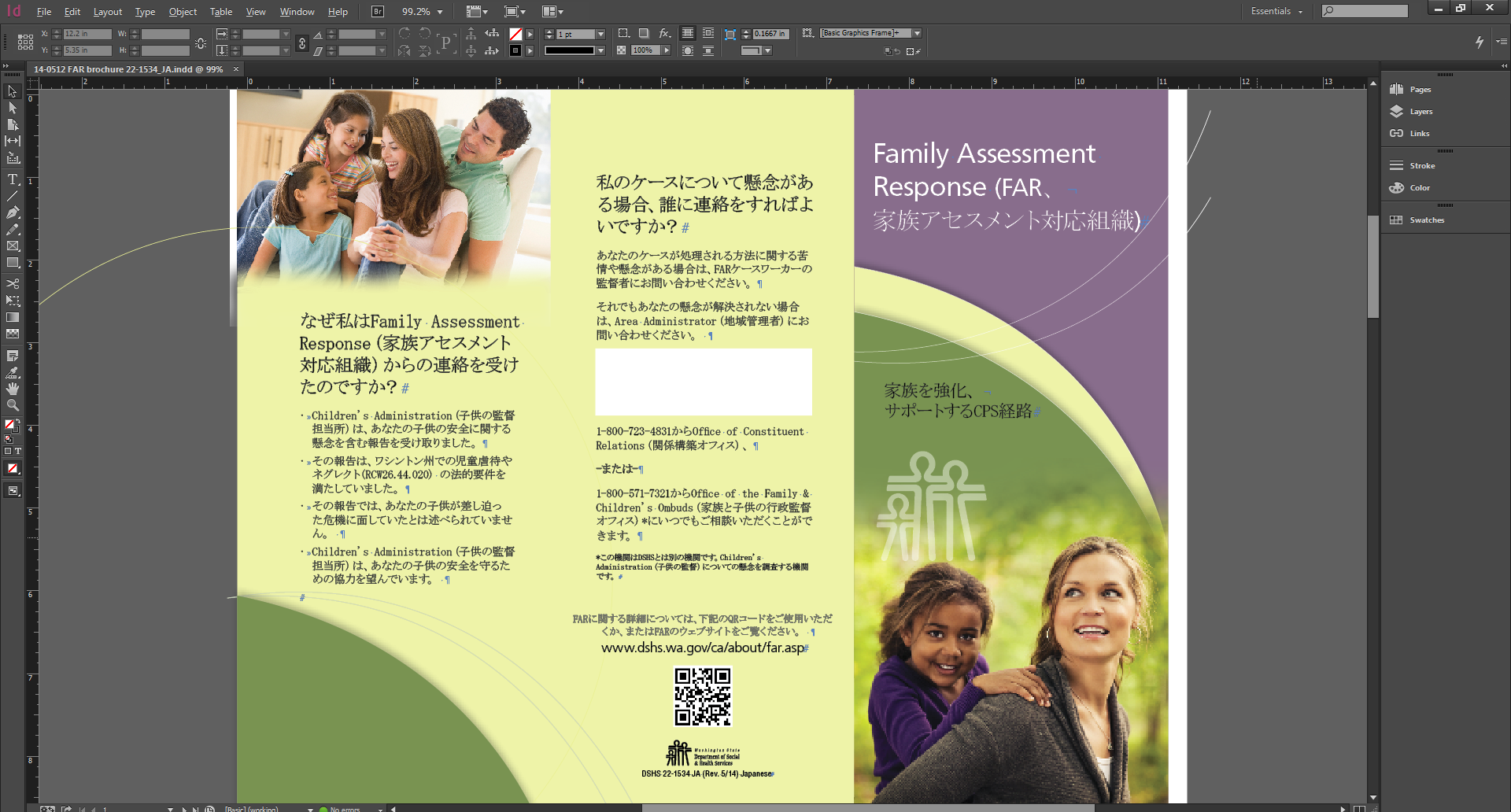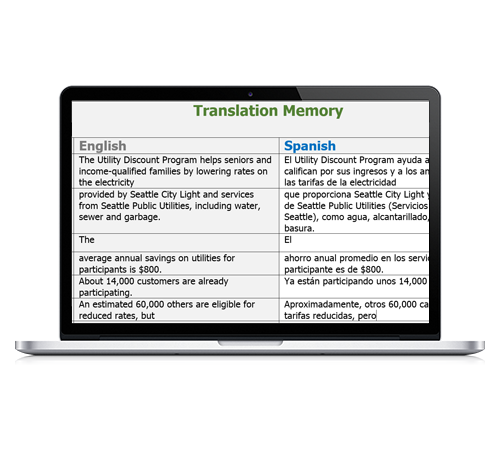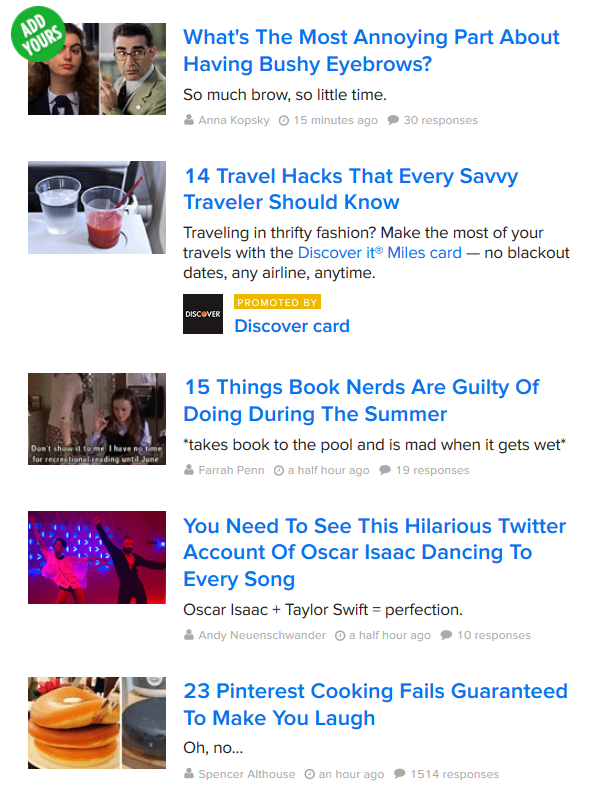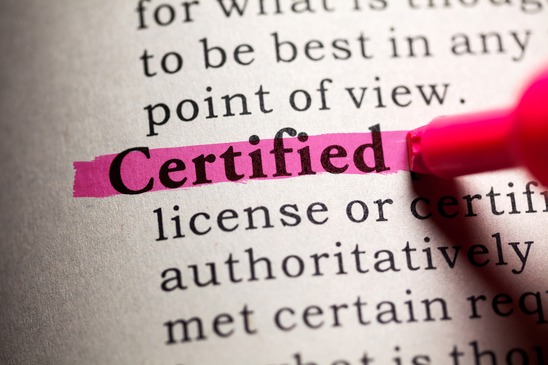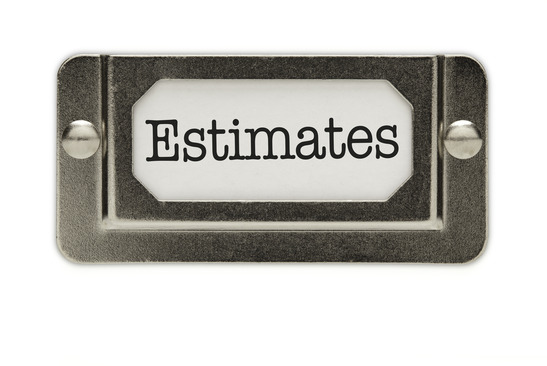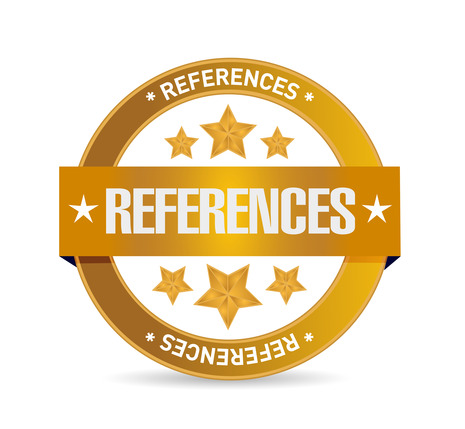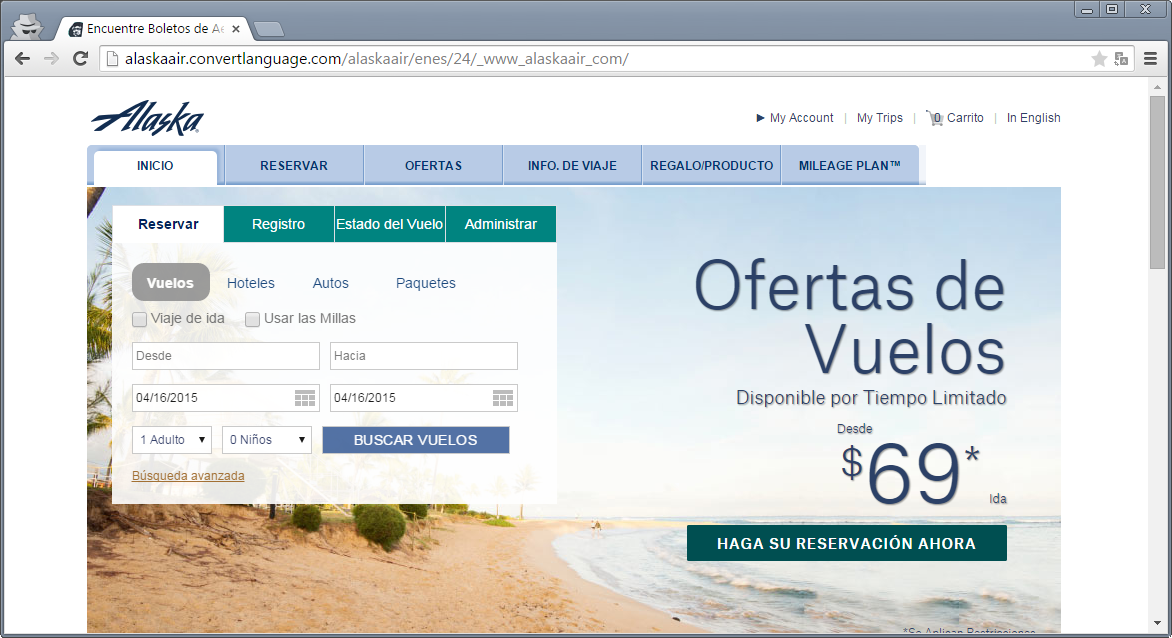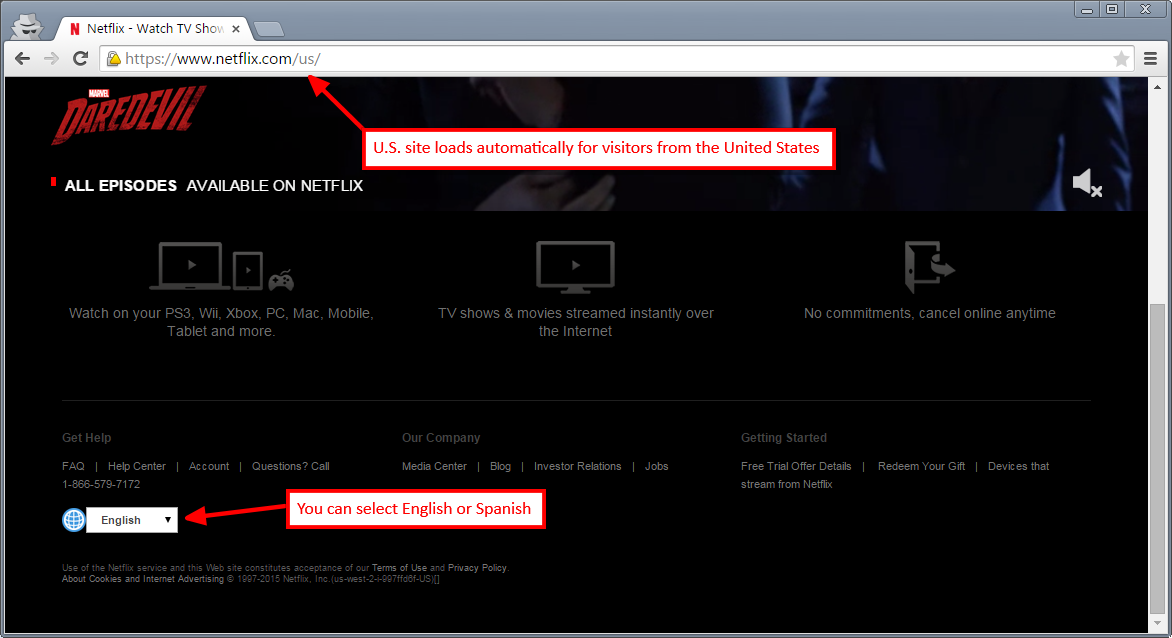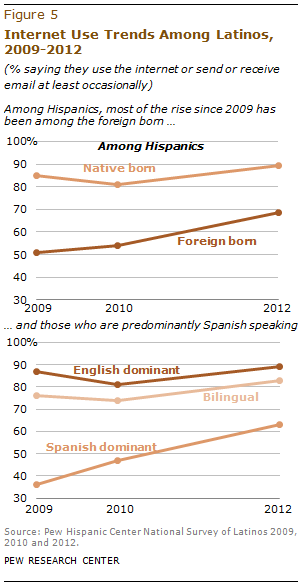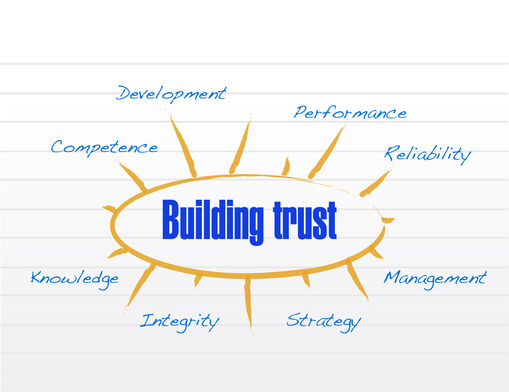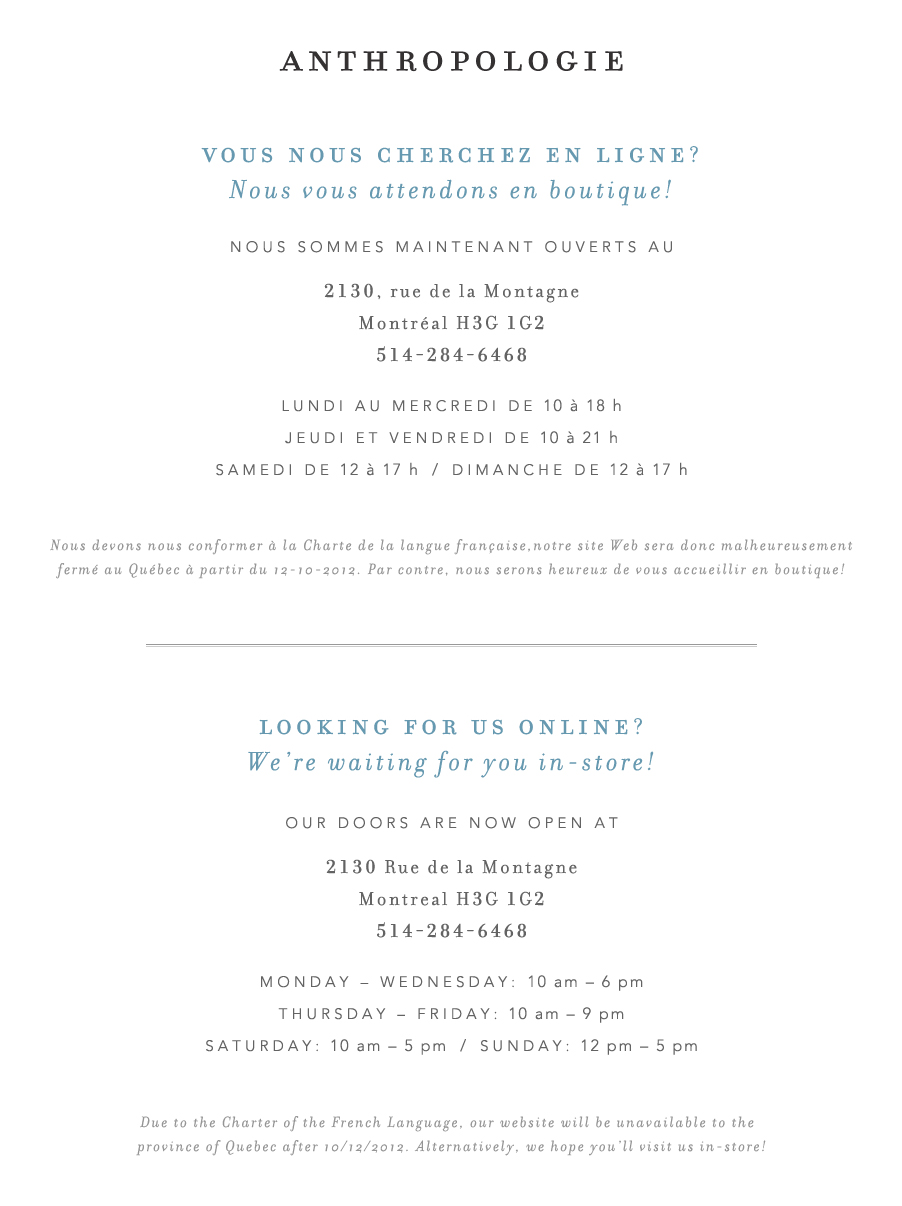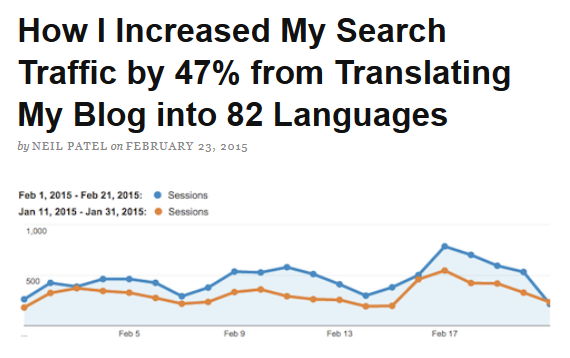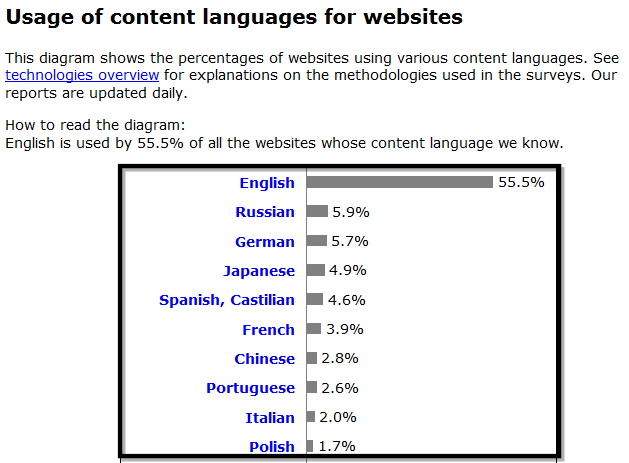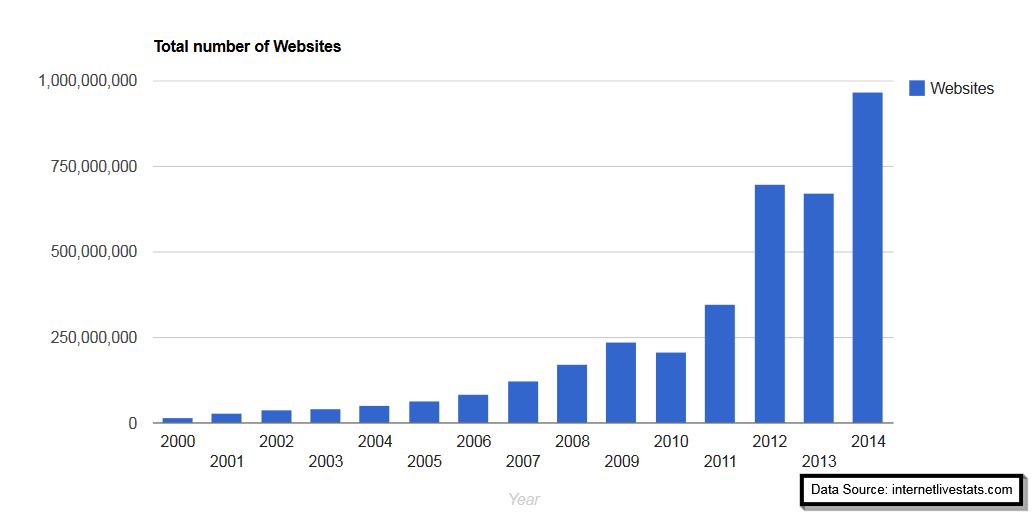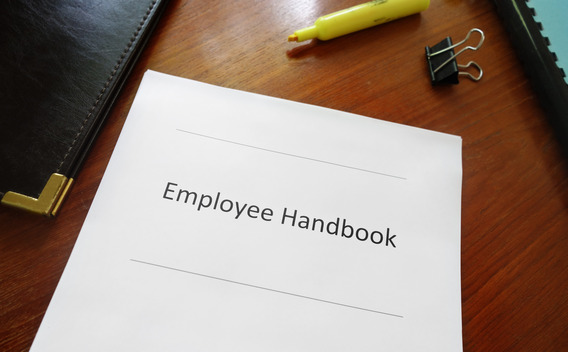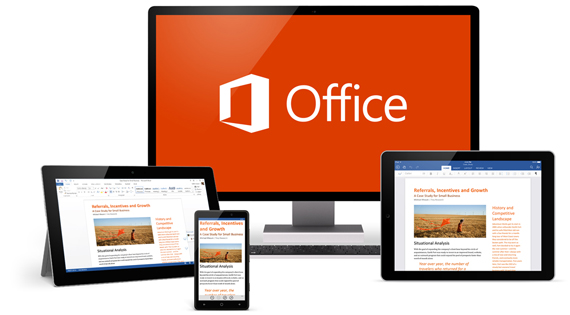What the English Only Executive Order Means for Language Service Buyers
By now, you’ve likely heard about President Trump’s Executive Order 14224 from Saturday, March 1, 2025. It declares English the official U.S. language and scraps Executive Order 13166. This news grabs headlines, but if you buy or use language services in government, education, or healthcare, you’re asking, “How does this hit my work?” Let’s cut the noise and focus on what matters: how this shifts your agency, school, or clinic—and what you can do next.
No academic fluff here. This is about real-world impacts for those buying translation or interpreting services. Whether you handle federal rules, student needs, or patient care, here’s the breakdown from our perspective.
What does Executive Order 14224 say?
On March 1, the President signed an order making English the official language. It ditches EO 13166, a 2000 rule that forced federal agencies—and anyone with federal funds—to provide language help. Now, it’s optional. No more “you must” from the top; it’s “you decide.” The White House calls it a win for unity and efficiency. Check The American Presidency Project for details.
For buyers and users in government, education, and healthcare this shakes things up. It’s not about if you can offer services. It’s about how you’ll handle costs, rules, and community needs without federal pressure.
Government Agencies: Flexibility Meets Risk
If you run a government agency, this order gives you options—but not total freedom. EO 13166 funded things like multilingual disaster alerts or benefits forms. Now, it’s your decision. Language access promotes efficiency and safety—backed by Title VI. The 1964 Civil Rights Act bans discrimination based on national origin, including language access. Ignore it, and you risk DOJ complaints or lawsuits.
Public-facing roles carry big stakes. Picture dropping Spanish FEMA updates in a hurricane zone—dangerous. Our tip at NWI Global? Keep programs lean but alive. Our translation services can help you stay compliant. Cover your bases, don’t cut corners. At NWI Global, we’ve helped countless government agencies meet current laws—and we’re here for you now.
Education: Schools Stay Accountable
For education buyers— school districts, colleges, anyone with students—this isn’t a free pass. The 1974 Supreme Court ruling in Lau v. Nichols says language barriers in schools break Title VI. That still stands. If you use interpreting for parent meetings or translations for IEP plans, you can’t stop. Families expect access. They’ll complain if it’s gone.
We’ve seen school districts thrive by keeping communication open. Stick with reliable partners like us at NWI Global to keep costs manageable and your community engaged. It’s an investment worth making.
Healthcare Providers: Patients Can’t Wait
Healthcare providers, you’re still accountable. ACA Section 1557 requires language access for patients in funded healthcare settings. This executive order doesn’t change that. Neither does Title VI. Skip interpreters for non-English speakers, and you risk non-compliance plus poor care.
Hospitals still need language access services, as I noted in 2014. Our healthcare interpreting at NWI Global keeps you compliant—affordable, accurate, and sharp.
The Broader Impact: Balancing Act for Buyers
Without EO 13166’s push, some might trim language services to save cash—especially in rural areas where budgets are tight. But in states with robust rules (such as Washington and Oregon) or sectors like healthcare, demand could rise. For you, it’s a juggling act: meet legal requirements, serve your stakeholders, and mind the bottom line. Courts still back language access as a right, so short-term savings could mean long-term headaches.
At NWI Global, we’re ready. Our tailored language solutions keep you efficient and covered, even if federal support wavers. It’s about working smarter, not harder.
The Legal Guardrails: What’s Holding Steady?
Before you overhaul your language access plans, here’s what’s still in place:
- Title VI: No language-based discrimination, period.
- Lau v. Nichols: Education access is non-negotiable.
- ACA Section 1557: Healthcare providers, you’re still required to provide language access.
- DOJ Complaints: Violations can be flagged anytime.
- Federal Courts: Language rights have solid precedent.
This order doesn’t rewrite those rules—only Congress or a major court shift could. You’ve got a framework to lean on, but it’s on you to act.
Your Next Steps as a Buyer or User of Language Services
I’ve been in the language industry long enough to know a disruption’s just part of being in business. Here’s how you can navigate this:
- Know Your Obligations: Sort what’s required from what’s optional. We can help.
- Choose Wisely: Partner with vendors who understand your needs—government red tape, school schedules, or patient charts. We’re ready at NWI Global.
- Stay Proactive: Budget for compliance and service, not just savings. It’s about results, not regrets.
This is a chance to rethink how you deliver language access in your organization.
Conclusion
The President’s executive order yells “English first” but whispers “you’re on your own” to buyers and users like you. For government agencies, schools, and healthcare providers, it’s not about ditching language services—it’s about funding them smarter. The legal backbone’s still there, but the pressure’s on to prove their worth. I’ve been saying it since our earliest posts—language access isn’t a “nice to have” thing; it’s a “must have”.
How are you handling this shift?
Share your thoughts below—I’d love to swap ideas.
For now, keep serving your communities well. We’re here to help at NWI Global.


